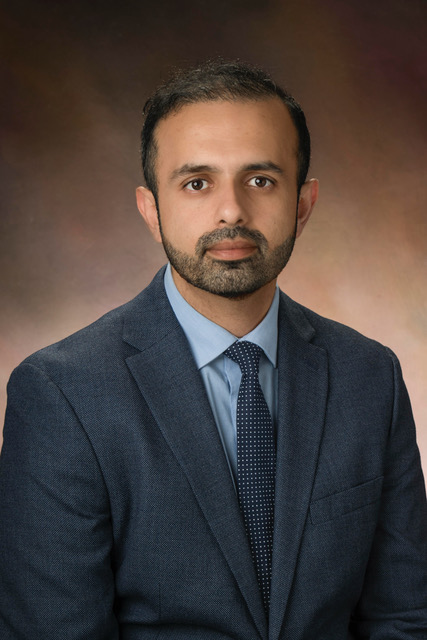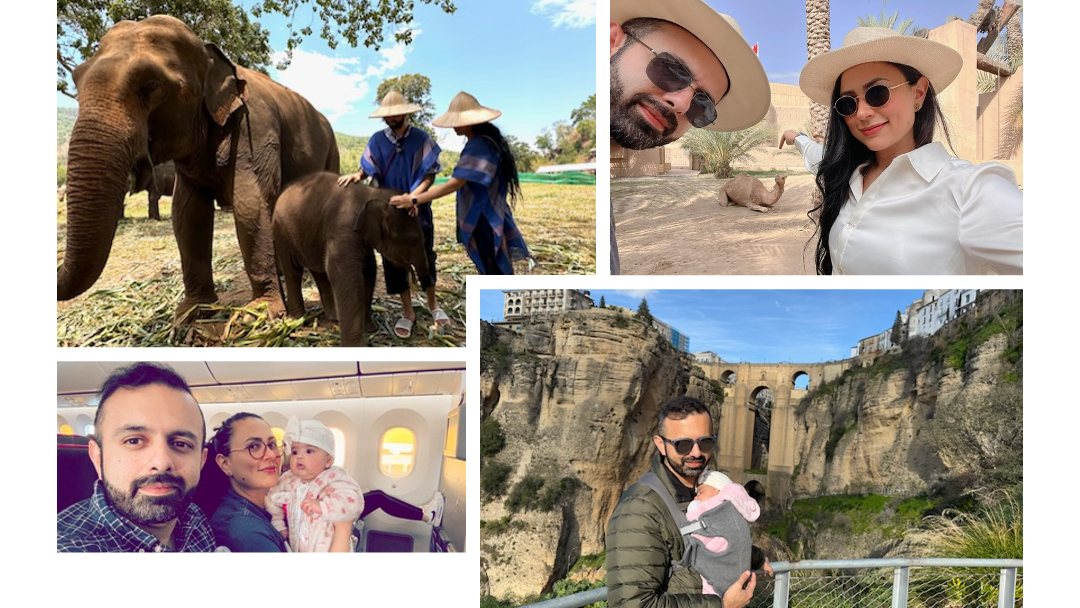SSR Researcher Spotlight
Hamza Alizai, MD |
Professional BackgroundMy Postgraduate Training included:
Faculty & Roles:
|
A Dual Focus in MSK Radiology:
- I specialize in adult MSK imaging and Pediatric Radiology, leveraging the dual focus to address a wide range of conditions in both populations. Through advanced training in imaging informatics at UPenn, I aim to integrate AI-driven diagnostics and data analytics to drive progress in Pediatric MSK radiology on a broader scale.
- As the Director of a Hybrid Pediatric MSK Radiology Fellowship Program, I lead a collaborative initiative between the Children’s Hospital of Philadelphia, Boston Children's Hospital, Children’s National Hospital and the World Federation of Pediatric Imaging. This program focuses on advancing global expertise in Pediatric MSK imaging.
- I joined SSR in 2017 and being a member of this community has played an invaluable role in my professional development.
My Research
- Pediatric Musculoskeletal (MSK) Imaging: Advancing the diagnostic capabilities for conditions unique to pediatric populations such as juvenile idiopathic arthritis.
- Quantitative MRI Techniques for Cartilage Assessment: Utilizing advanced imaging methods such as compositional MRI, to study cartilage degeneration and post-surgical cartilage repair.
- Artificial Intelligence and Imaging Informatics: Advancing the integration of AI and informatics into musculoskeletal imaging, with a focus on developing AI-driven diagnostic tools and enhancing workflows.
Select Current Projects:
- Application of MR based Synthetic CT Sequence for Diagnosis of Pediatric Musculoskeletal Conditions
- Transforming MSK Interventions Service Through AI-Driven Planning and Workflow Optimization
- Optimizing Radiology Workflow Through LLM-Driven Medical History Summarization
Select Publications:
- Subspecialty training in pediatric musculoskeletal imaging: an innovative approach to outreach, collaboration, and faculty development. (Pediatric Radiology, 2025)
- Ultrasonographic humeral retrotorsion comparisons in youth gymnasts. (Journal of Shoulder and Elbow Surgery International, 2025)
- Brant and Helms' Fundamentals of Diagnostic Radiology, 6th Edition: Pediatric Musculoskeletal Imaging Chapter. (2024).
- Society of Skeletal Radiology Position Paper - Recommendations for Contrast Use in Musculoskeletal MRI: When is Non-Contrast Imaging Enough. (Skeletal Radiology, 2024)
- Imaging Assessment of the Pediatric Elbow: Developmental Variants and Common Pathologies (Seminars in Musculoskeletal Radiology, 2024).
- Soft Tissue Cam Impingement in Adolescents: MRI Reveals Impingement Lesions Underappreciated on Radiographs. (The American Journal of Sports Medicine 2023)
- Wrist Injuries Detected on Magnetic Resonance Imaging in Athletes Participating in the Rio de Janeiro 2016 Summer Olympic Games (Quantitative Imaging in Medicine and Surgery, 2021)
- Elbow Injuries Detected on Magnetic Resonance Imaging in Athletes Participating in the Rio de Janeiro 2016 Summer Olympic Games. (Journal of Computer Assisted Tomography, 2019)
- State of the Art: MR Imaging after Knee Cartilage Repair Surgery. (Radiology, 2015)
- MRI of the Musculoskeletal System: Advanced Applications using High and Ultrahigh Field MRI. (Seminars in Musculoskeletal Radiology, 2015)
About Me
|
|
My “Two Cents”
- Don’t take yourself too seriously. Maintaining a sense of humor and humility will make the journey much more enjoyable.
- Seek mentorship. Good mentors can guide you through difficult decisions and unlock new opportunities.
- Don’t shy away from challenges. The best opportunities for growth often lie outside your comfort zone.
- Maintain your friendships. Good friends will provide perspective and a sense of balance.


